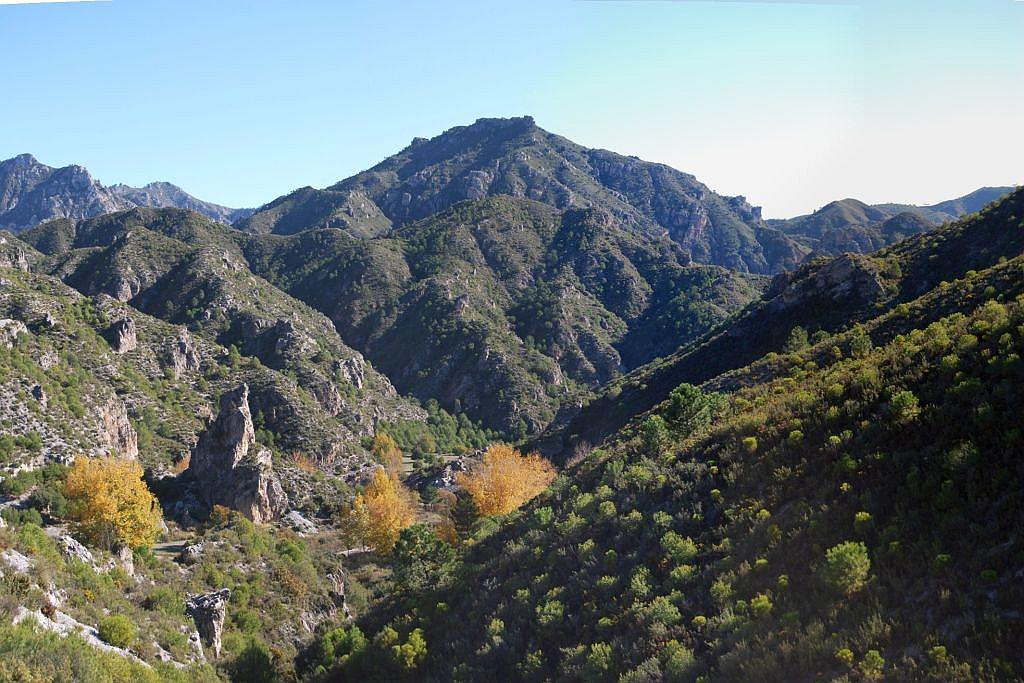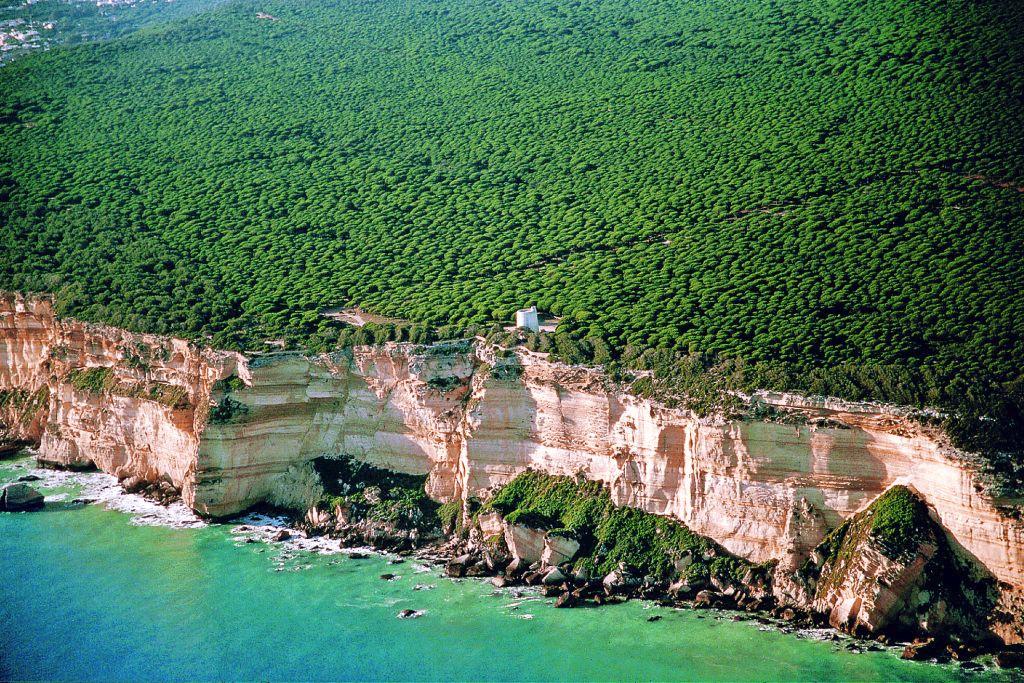- Region: Andalucia
- Provinces: Granada / Málaga
- Declared a Natural Park: 1999
- Park surface area: 40,663 hectares
- Z.E.P.A
Points of interest
The parkland of Sierras de Tejeda Almijara y Alhama is limited in the south east by the Mediterranean sea and rises in craggy mountains towards the north west. 52% of the park is in Granada province with 48% in Málaga province. The combination of altitudes and from sea shore to the peak of La Maroma at 2,080m encourages a diversity of vegetation, including some endemic species.
I’ve been living in this lovely area of Western Andalucia for the last 20 years or so and dedicate most of my time to the running of English language tourist information websites for the towns of Cádiz, Ronda, Grazalema, the famous or infamous Caminito del Rey, and also Wildside Holidays, which promotes sustainable and eco-friendly businesses running wildlife and walking holidays in Spain. My articles contain affiliate links that will help you reserve a hotel, bus, train or activity in the area. You don’t pay more, but by using them you do support this website. Thankyou!




